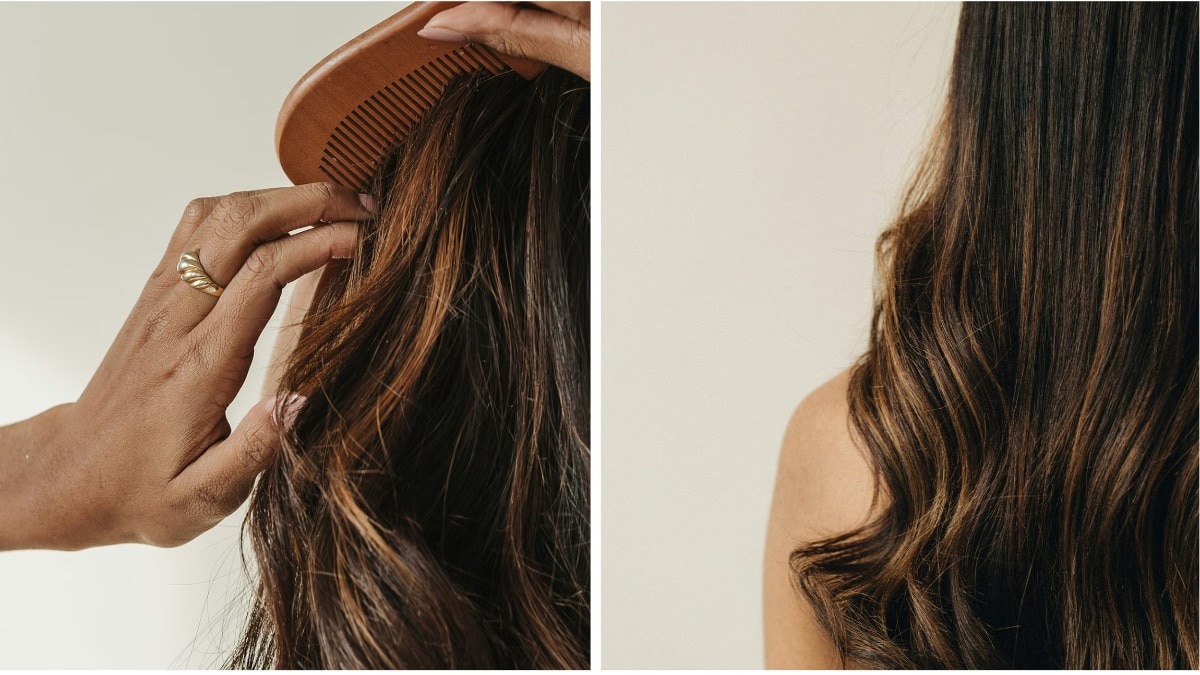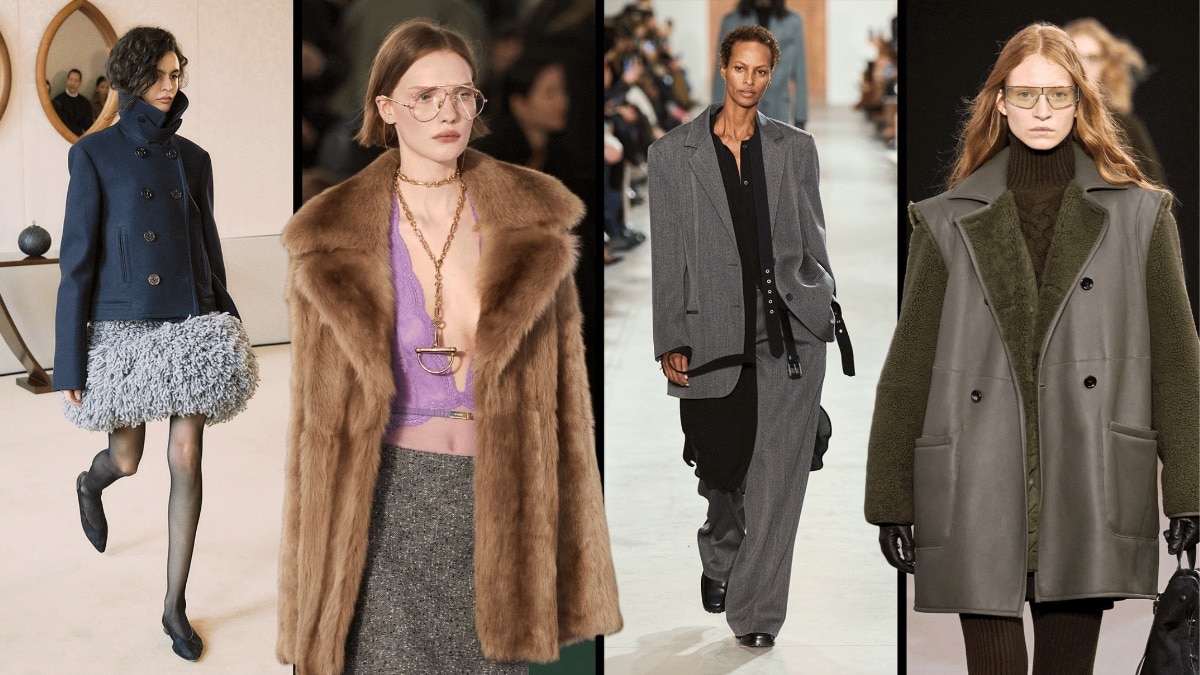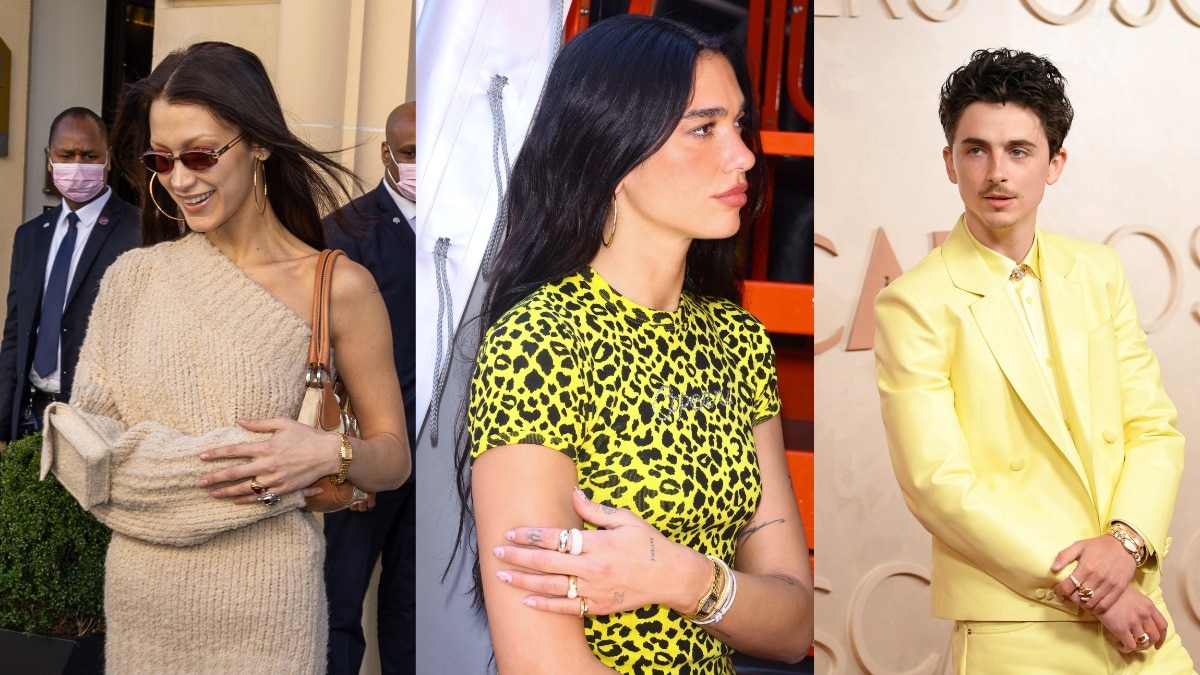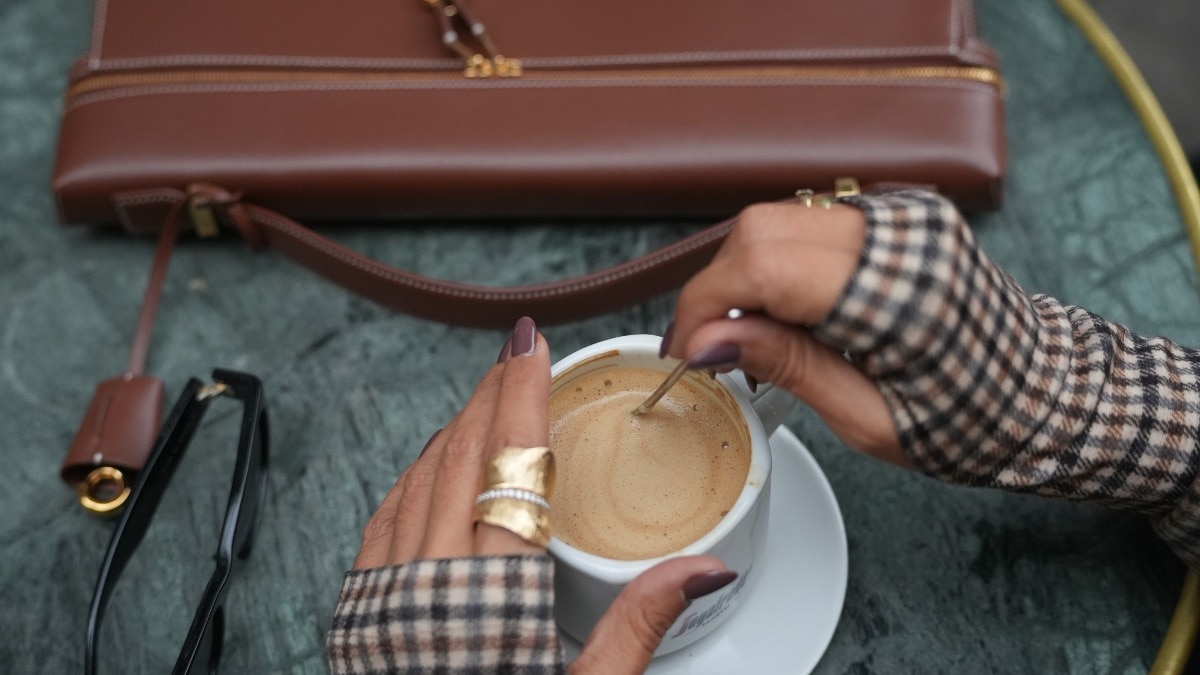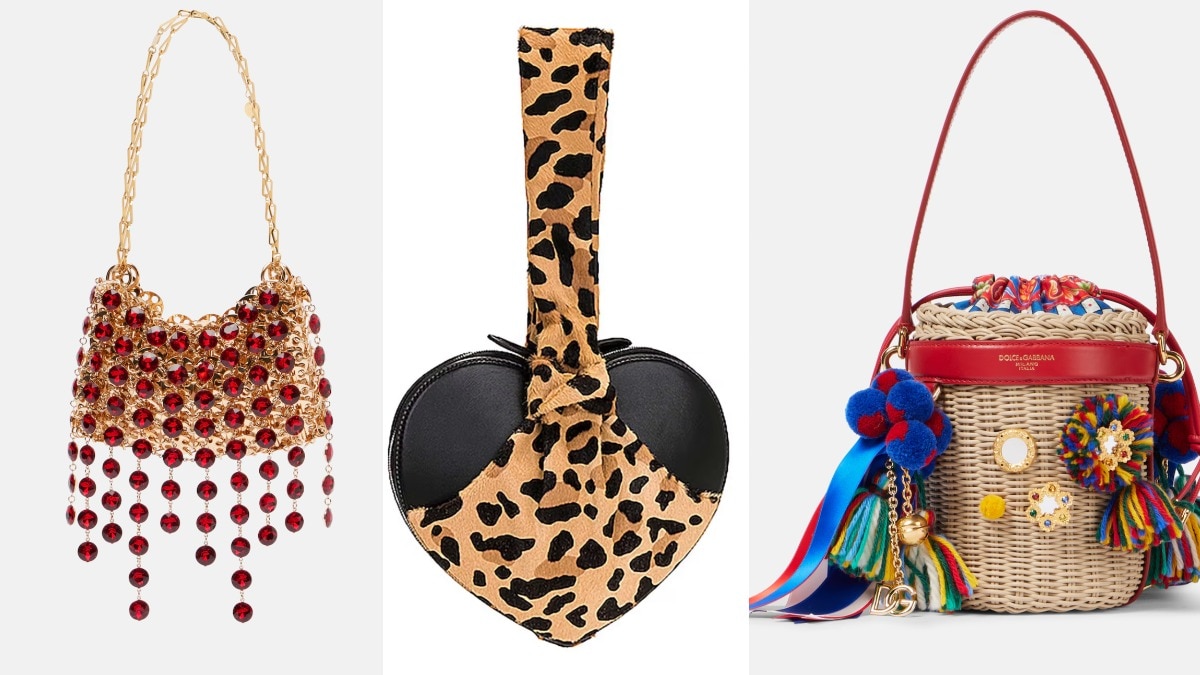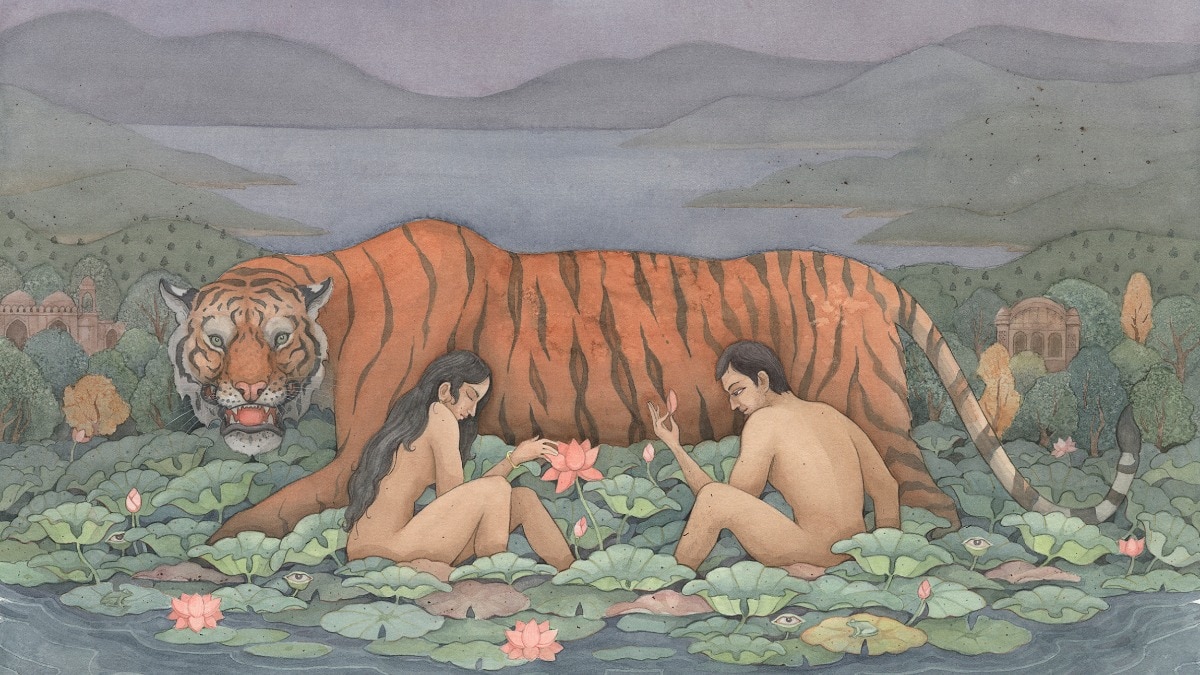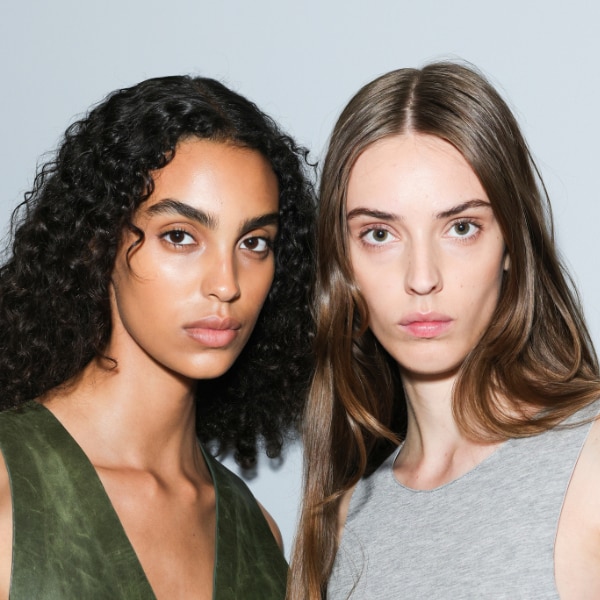
International beauty brands love India, but do they love our skin?
The real test for international beauty in India is our skin tones, our climates, and our needs.

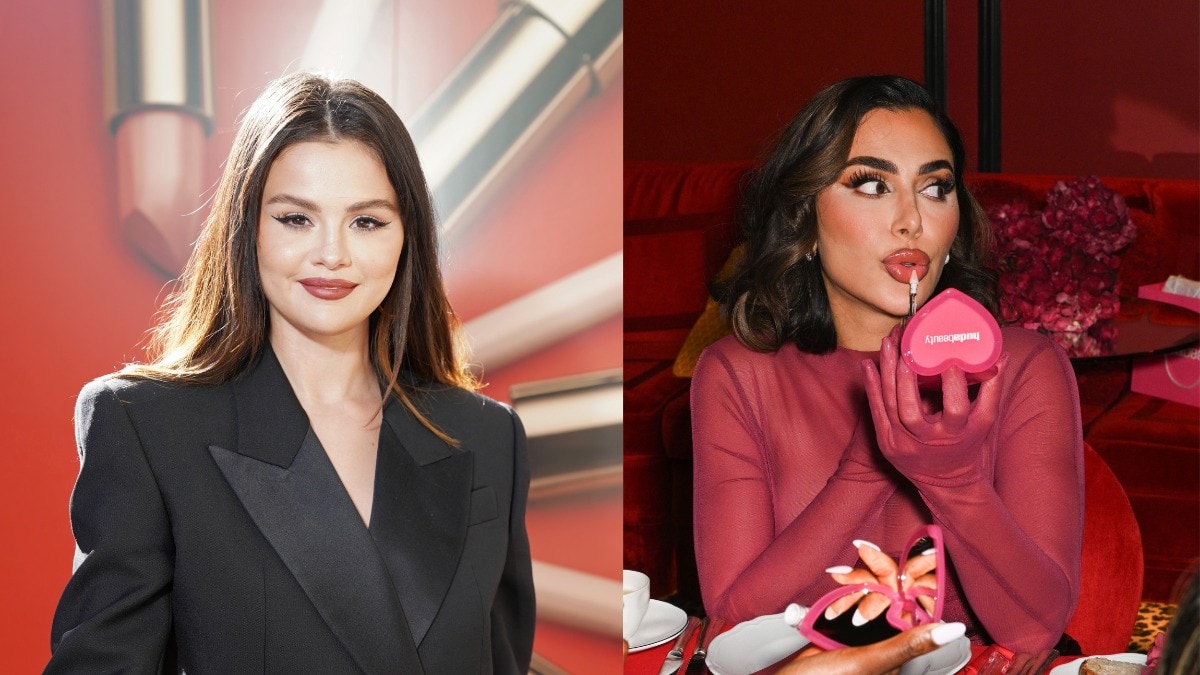
India is shaping up to be a playground for international beauty brands. With Fenty Beauty and Fenty Skin recently relaunching their presence in India, Bollywood celebs fawning over celeb-led skincare lines like Rhode, and beauty moguls like Kylie Jenner and Huda Kattan consistently making their presence felt with pop-up stores and fabulous drops—there’s no denying the fact that international brands love India. But do they really love our skin and the peculiarities that come with it? The undertones, the pigment, the humidity, the melanin?
We asked makeup artists and influencers to decode the shade card, the skincare specifics, and what happens when international beauty arrives on Indian skin. Here’s what they had to say.
The reality of international beauty brands entering India

India is rapidly becoming a lucrative market for international beauty brands. But are they really meeting our skin’s needs, or is this just a game of global expansion without local understanding?
As beauty, fashion, and travel influencer Jovita George points out, “International beauty brands are rapidly entering India, but not always do they understand our skin. It’s not entirely their fault; the responsibility also lies with the multibrand retailers and the buyers who bring them here.”
She emphasises that the fact that only a few select shades make it to India, leaving darker skin tones still underserved, speaks volumes about the limited understanding brands have of our diverse skin tones. “It’s almost always the older launches that come to India, after the global buzz is over. As if we’re an afterthought,” says George, highlighting how India is often treated as secondary when it comes to product launches.
Let’s talk foundation: shades, undertones, and the illusion of inclusivity

Brown skin often finds itself caught in the crossfire of poor undertone mapping and lazy inclusivity. Even when brands boast 40+ shades, they sometimes miss the nuance, offering orange-toned tints that ignore undertones entirely, or failing to go deep enough. The result? Brown skin gets shoved into one spectrum box.
In some cases, inclusivity becomes a PR move gone wrong. Remember when Youtopia Beauty’s foundation swatches veered into blackface territory? That wasn’t just a shade range misstep; it was a cultural one.
On the brighter side, brands like Fenty Beauty and Tir Tir have made waves for how expansive their shade offerings are. “Fenty is also made by a Black woman,” says Indian actress, model, and influencer Nauheed Cyrusi. “That’s why it's so inclusive. Tir Tir is good too, though it still leans yellow for me. Some Korean brands are surprisingly inclusive.”
Celebrity makeup artist Meghna Butani says, “Shade struggles are real. Not all international brands have caught up with Indian undertones. We need more golden, olive, and yellow in the mix.” While some brands get it right, others still miss the mark.
Celebrity makeup artist Mitesh Rajani adds, “It’s not just about how many shades. It’s about who you’re formulating for. You can have 40 shades and still not have that brown-olive zone that a lot of Indian skin tones fall under.”
Of course, not all international brands hit the mark. You can be a fan of their colour cosmetics, but if the base products don’t serve us, should we keep letting it slide?
Base makeup that's global and inclusive
“As a professional makeup artist, I would still reach for international brands for foundation,” says Butani. “But I always recommend swatching the foundation on your jawline and waiting for half an hour before buying it, as makeup can oxidise.”
She highlights a few favourites: “Brands like Bobbi Brown, Fenty, M.A.C, NARS, and Too Faced are fantastic for golden and yellow undertones, while Chanel and Make Up For Ever have the best shades for deeper tones.”
Butani also advises, “Don’t settle for close enough. The perfect foundation match shouldn’t be a compromise. Know your undertone, swatch, and wait.”
Blush and the bashing of a failed system
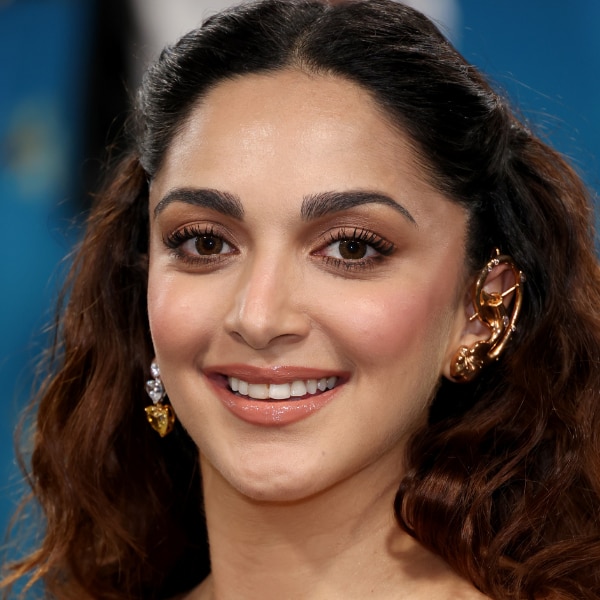
“Blush blindness” is real, but not in the way you think. Remember how the now-infamous YSL lavender blush claimed to flatter every skin tone, only for deeper-skin users to discover it barely showed up. “The internet was divided,” recalls Cyrusi. “More fair skin influencers were reviewing it than people with deeper skin. I tried it too, but it barely gave any colour.”
Or take Rhode’s Pocket Blushes. The initial launch faced backlash from brown creators for swatching ashy on deeper skin tones. Although, to the brand’s credit, they reformulated the blushes quickly, clearly listening to customer feedback and showing that they do care.
This brings us to a larger question: are international brands ready not just to launch in India, but also to listen to Indian skin? Is this a "you-voice-we-listen" situation, or a real "we-see-you-and-embrace-you" shift?
“Some are getting it right,” says Rajani. “Rare Beauty’s Soft Pinch blushes are so pigmented, they show up beautifully on Indian skin and blend easily. You don’t need ten layers for it to show up.”
Global skincare vs. Our skin climate

India’s geography gives us more than diverse languages and food; it throws wildly different skincare needs into the mix. From the dust-heavy air of Delhi to the oppressive humidity of Chennai, our skin goes through a lot. So, are Western skincare formulas—built for temperate climates—suited to us?
“Some brands are starting to consider it,” says Cyrusi, “but when it comes to European brands especially, they’ll have to make completely different formulations to match the Indian climate and skin types. Southeast Asian ones do better because they share equatorial conditions.”
Celebrity-led products like Rhode’s glazing milk promise dewiness, but sometimes translate to greasiness in our context. And while Charlotte Tilbury’s Magic Cream is adored abroad, it may feel too rich in Mumbai’s heat. Even ultra-luxury favourites like La Mer beg the question: Is this just expensive cold cream?
George puts it bluntly: “Most international skincare brands just extend some of their bestsellers to India. They're not made for us. It’s not that they never work, but they’re not tailor-made. And I don’t think understanding our skin is even a concern for most of them.” It’s really something global beauty brands might want to carefully consider, especially when entering a huge market such as India.
The climate conundrum
What works in London doesn’t always work in Lucknow. Heavy cream moisturisers that feel luxurious in wintery New York can feel greasy and suffocating in humid Chennai. Matte lipsticks that survive Paris Fashion Week might crack and flake in Delhi’s dry winter. “Luxury skincare often fails in India simply because of how it feels,” says Rajani. “Nobody wants to sweat through a $200 moisturiser.”
India doesn’t just have one climate; it has all of them. Which is why a ‘one-size-fits-all’ product strategy can fall flat here.
The brands that are listening and getting it right
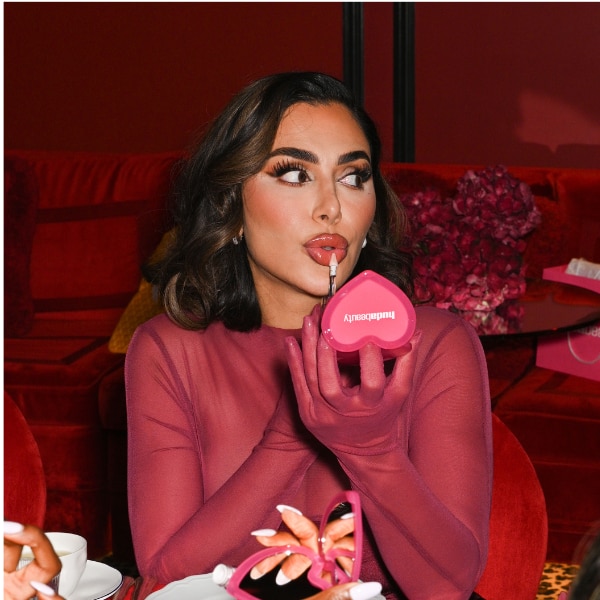
To be fair, things are getting better. “Huda really gets it,” says Cyrusi. “She observes her followers and creates her products accordingly.”
Sephora and Tira, as George points out, “actually brought full collections—skincare and makeup—to India, not just a few shades or leftovers. That effort matters.”
Even brands like Dior and YSL, originally luxury fashion houses, are impressing consumers. “I honestly didn’t have high hopes from them,” Cyrusi admits, “but they’re killing it. Their makeup is spot on.”
Still, consumer behaviour remains nuanced. “The minute the brand we love launches in India, we lose the value for it,” laughs Cyrusi. “I still ask friends flying back from Bangkok to get me Dior blush, even though it’s available here. Sometimes it’s just about the smell of the packaging.”
Rajani adds a layer of honesty: “Your first purchase is often influenced by trends; maybe a celeb wore it, maybe a makeup artist broke it down online. But your repurchase? That’s when you know if the product actually works for your skin.”
Global beauty plays on our turf
International brands are finally lining up on Indian shelves, but the Indian consumer isn’t wide-eyed anymore. We’re watchful, vocal, and not afraid to call out a patchy foundation or an ashy blush. As Cyrusi puts it, “The world is moving in the right direction when it comes to beauty standards.” But intention matters as much as expansion.
Because the real flex isn’t just being stocked in India. It’s being built for India.
All images: Getty Images
Also read: Sea moss is everywhere, but should it be in your wellness routine, too?

